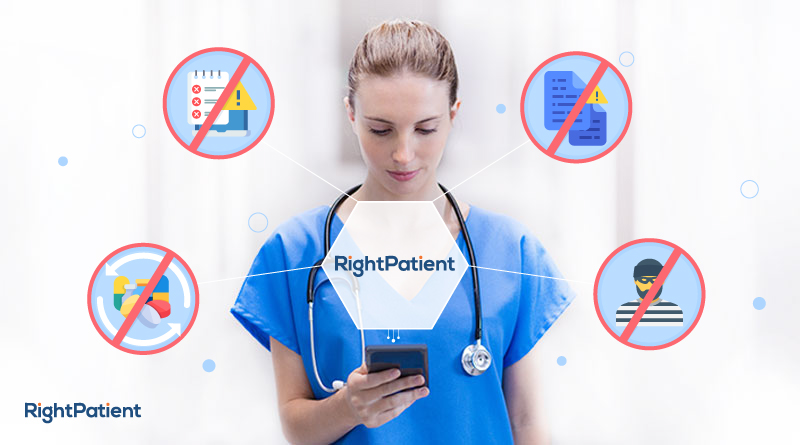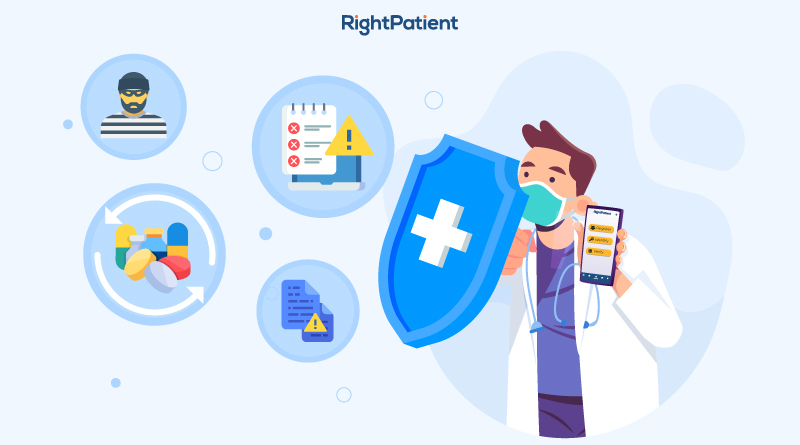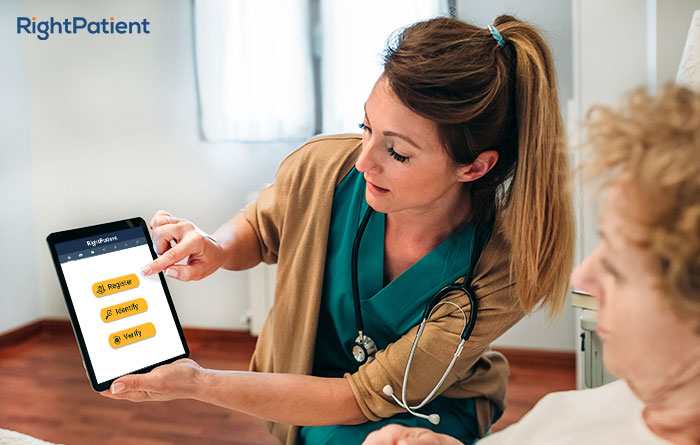Professional Patients Are One of the Overlooked Clinical Trial Issues – More Examples

If you google the term “clinical trials” right now, you’ll see that virtually everyone is talking about them and are extremely interested in the topic. That’s because the pandemic has thrust the topic into the limelight, leading to even the average person talking about clinical trials. While most of the world is interested in clinical trials to learn about the vaccines that can combat the infamous virus, we’re here to talk about the efficacy and integrity of such studies. We’ve already covered how and why “professional patients” or “professional study subjects” are one of the less-discussed clinical trial issues. Today, let’s explore a few more real-life cases that support our claim and how effective patient identity management with RightPatient can prevent the participation of professional patients.

Professional patients in clinical trials are one of the less-discussed issues.
Some examples to confirm professional patients are one of the hidden clinical trial issues
We’ve already talked about a case of a professional patient who falsified their information and participated in a few clinical trials. While the patient was in it for the money, let’s take a look at some other real-life cases.
A tale of lies
Patient Y had also participated in multiple clinical trials – three, to be precise, in a span of five years. According to her, these trials are short-term opportunities, and she turns down the ones that involve testing unproven drugs on her. The initial trial she participated in involved the use of a certain “botulinum toxin”, and while there wasn’t any payment involved, she got the treatment for free.
The next trial patient Y participated in was about the study of the same toxin, and the research team took her blood sample, conducted an ECG, as well as other tests. This time, she did receive financial benefits – one of the incentives she searches for in trials. However, she provided incorrect information this time around – she decreased her age as well as lied when asked if she got Botox earlier or not (she did receive it in the first trial). She chose to get into the trial because she was getting paid and because she was getting free Botox.
One glaring issue here is that even though the officials could have easily checked patient Y’s documents to verify her age, they didn’t, and she got to participate in the trial. This shows that not everyone who signs up as a participant is vetted thoroughly, which is why a robust patient identification solution is required – more on that later. Moreover, even though these professional patients are falsifying information to get into the trials, many of them believe that they are contributing to the medical community by being participants. Unfortunately, that is far from the truth, as they are part of one of the overlooked but crucial clinical trial issues that threaten the integrity of the studies.

Are you preventing professional patients from your clinical trials?
Even regular test subjects know a few professional patients!
This case is different, as the patient involved, Z, never used any unlawful means to participate in trials, and even though he participated in some trials, he did so by complying with the rules and regulations.
However, patient Z did meet a number of patients who used misinformation and other means to participate in the trials, and according to him, they believe that the rules do not apply to them.
While patient Z participated for the financial benefits as well as helping advance medicine, he complied with all the rules and regulations. He used the compensation he received to pay off debts as well as support himself for around ten years – one of the trials that focused on Alzheimer’s paid him $31,000.
Moreover, as his grandmother has Alzheimer’s, patient Z feels that by participating in clinical trials to advance medicine that might be of use to her one day, he’s helping her.
“Professional patients” continue to be one of the overlooked clinical trial issues
As the above examples show, “professional patients”, “professional study subjects”, or “duplicate subjects”, whichever term use, still exist in clinical trials. They falsify information such as their age, identity, medical history, etc. to enroll in multiple trials simultaneously or consecutively. Doing so not only hampers their health and safety, but the safety of the other patients involved in the trials.
To make matters worse, their involvement skews the overall results of the research, leading to delaying the trials or even shutting them down due to undesirable but inaccurate information. Professional patients cause billions of dollars in losses, can lead to delayed approvals from regulatory agencies, and lead to wasted years of effort from sponsors, research teams, and CROs. These individuals must be eliminated from clinical trials right from the start – RightPatient can help with that.
Use RightPatient to prevent one of the overlooked clinical trial issues
RightPatient is a tried and tested solution in the U.S. – several healthcare providers are protecting millions of patients with it. It is a touchless biometric patient identification platform that uses patients’ photos to identify them accurately across the care continuum, and the same concept can be used for clinical trials.
RightPatient can prevent the participation of professional patients in clinical trials by red-flagging individuals attempting to participate in either multiple trials or at different sites of the same trial. It helps improve the efficacy of clinical trials, remove any unwanted individuals that can skew the overall results, and protect the integrity of these trials.
Contact us now to learn how we can help protect your clinical trials from skewed results with our robust patient identification solution.






























